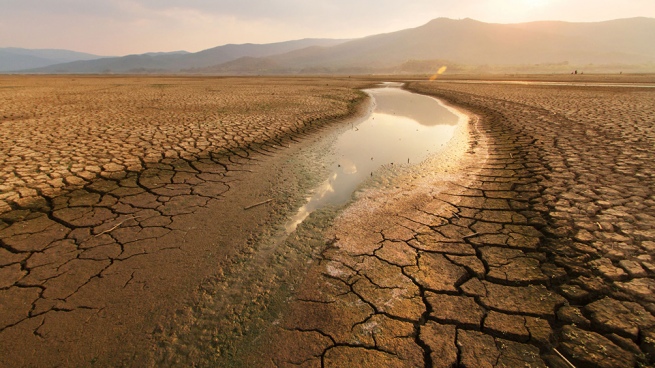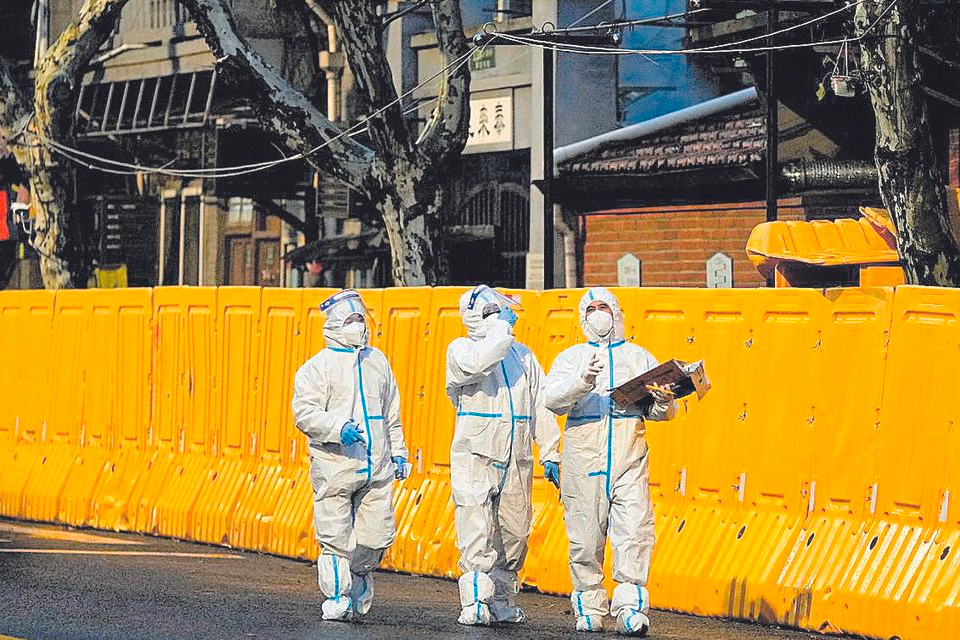The planet is approaching the warming threshold that international agreements are trying to prevent, according to a report published Tuesday by the UK Meteorological Office, where it was warned that in the next five years there is a 50% chance that the Earth temporarily reaches the temperature mark that exceeds 1.5 degrees of unwanted increase.
The experts stressed that, with the continuation of human-caused climate change, “there is a 48% chance that the globe will reach an annual average of 1.5 degrees above pre-industrial levels in the late 19th century at least once between now and 2026”.
Last year, the same forecasters put the odds closer to 40% and a decade ago it was only 10%, the ANSA agency detailed.
NASA chief climate scientist Gavin Schmidt explained that the numbers in this report are “a little warmer” than NASA and the National Oceanic Atmospheric Administration thought.
“Regardless of what is predicted here, it is very likely that we will exceed 1.5 degrees in the next decade or so, but it does not necessarily mean that we are committed to this in the long term, or that working to reduce further changes is not worth itSchmidt told the US television network NBC News.
For his part, UK Met Office senior scientist Leon Hermanson, who coordinated the report, said we are going to see “continued warming in line with what is expected with climate change.”
“The global team has been making these predictions informally for a decade and formally for about five years, with better than 90% accuracy,” Hermanson said.
Furthermore, the experts explained that the greenhouse effect of fossil fuels is like “putting global temperatures on a rising escalator”.
“Weather events like El Niño, La Niña and a handful of other natural weather variations are like taking steps up or down that escalator,” they said.
As the report predicted, on a regional scale, The Arctic will continue to warm during the winter at a rate “three times more than the globe on average”.
Meanwhile, while southwestern Europe and the United States are likely to be drier than normal over the next five years, wetter-than-normal conditions are expected for the often arid Sahel region of Africa, northern Europe, northeastern Brazil and Australia.
The team of global experts, coordinated by the UK Met Office, in its five-year overview said that “there is a 93% chance that the world will set a record for the hottest year by the end of 2026”.
In 2018, a United Nations (UN) scientific report predicted dramatic and dangerous effects on people and the world if warming exceeded 1.5 degrees.
“The 1.5-degree global threshold refers to the world being this warm over a 20- or 30-year time period,” the scientists concluded.


















